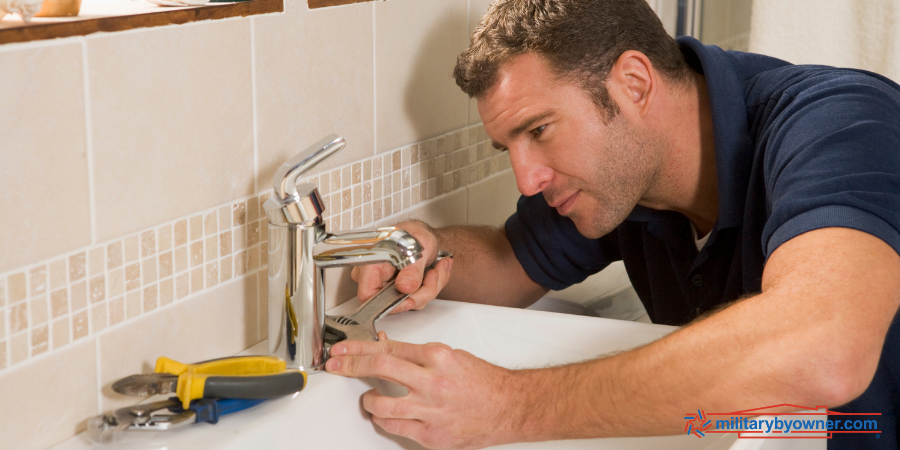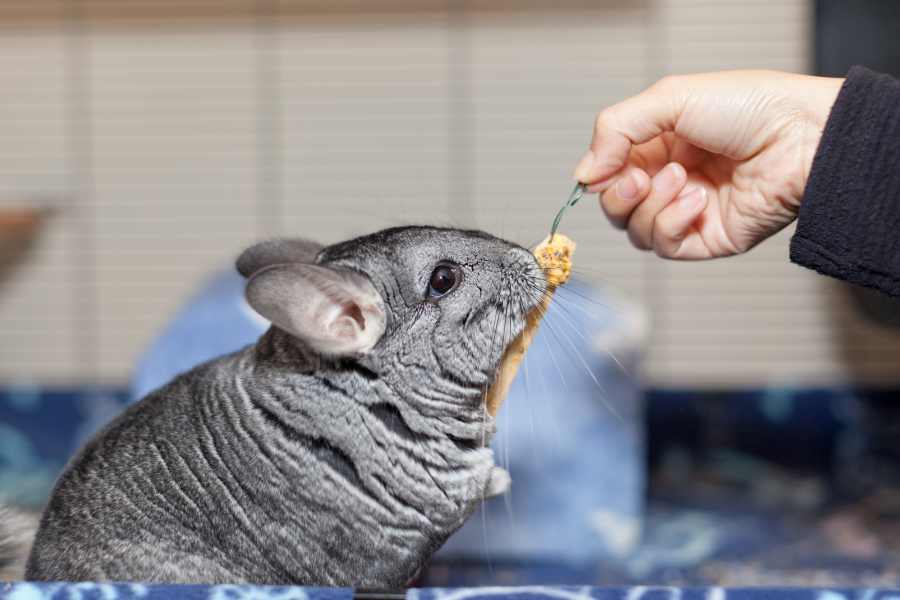Moving with Four-Legged Family Members
 Let’s be honest, when your dog snuggles next to you or when your cat curls up in your lap, you’d do anything for that sweet-as-can-be face! According to statistics by the American Pet Products Association, in 2013 alone, American’s spent over $55 Billion on their pets. That’s a whole lot of doggy biscuits and kitty treats!
Let’s be honest, when your dog snuggles next to you or when your cat curls up in your lap, you’d do anything for that sweet-as-can-be face! According to statistics by the American Pet Products Association, in 2013 alone, American’s spent over $55 Billion on their pets. That’s a whole lot of doggy biscuits and kitty treats!
With that in mind, when military orders are issued, as a pet owner, you’ll face the challenge of moving to the next assignment with your furry friend. Of course, you’ll organize the details of your move for yourself and your spouse and family. But, you’ll also want what is best for your animal companion. Your priority is to make the entire transition as stress-free as possible, for you and yours, and your pet.
Consider these suggestions from fellow military pet owners:
Create a Safe Space! Feeling overwhelmed by the move? Imagine how tense your pet may be! The hustle and bustle of Moving Day and the hectic pace of Unloading Day may add unwelcome stress and fear to your pet. If you have a crate for your dog, a carrier for your cat, or a room that may be kept securely closed, this will help create a safe space for your pet. It may prevent a pet from running for the hills if their “fight or flight” instinct kicks in.
Get carded! Make sure your pet has a collar with your valid cell phone number. This form of ID is crucial if Fluffy sneaks out the house when the moving crew is busy or slips out of the vehicle en route to your destination.
Talk with your veterinarian about implanting a microchip on your pet, below the skin at the back of the neck. With the microchip, your contact information is registered with a company, such as AVID or HomeAgain. If Fluffy escapes and is found by someone else, any veterinarian or animal rescue group can do a quick scan of the microchip and contact you, his rightful owner.
Chat with your Vet! Does the Fluff-ster get carsick with travel? Discuss potential medications that may settle his tummy. Also, ask about changes to the feeding routine during your transition.
Before you hit the road, ask your veterinarian for a copy of your pet's medical records. Although medical records may be easily emailed, it is handy to have a printed copy of your pet's health history, in case of any emergency veterinary needs along your route.
Steer clear of a Bates Motel! Sadly, sometimes “pet friendly” is closely tied to “sketchy” when it comes to a hotel stay. Do a little research and scout out pet friendly lodging that includes positive online reviews. The American Humane Association lists Pets Welcome and Pet Friendly Hotels as ideal resources for finding a spot for a good night of sleep along your journey.
Plan for breaks! Couple hundred miles down the road and need a restroom break? Guess what? So does your pet!
Make sure to give your pooch a break when you pull into a rest stop. Keep an eye out for “Pet Relief Area” signs, carry waste bags, and offer clean water. If time allows, take your leashed dog on a walk. Sniffing their way along uncharted sidewalks or trails may ease any canine travel concerns.
As for feline friends, one idea for kitty comfort on the road is looking for a fully enclosed relief space: perhaps a family restroom or baby changing room. Allow the cat out of the carrier with the option of a portable litter box to use.
Otherwise, lining the cat carrier with absorbent puppy pads may ease their need for relief. Throughout the trip, keep kitty happy with small amounts of canned, moist, strong scented food. If they are not hip to drinking water, the moisture content of the wet food may ease the travel stress.
With planning and creativity and a tennis ball for fetch? Or a catnip ball on a string? Moving with pets can be a positive experience!
As the miles along the route roll by, you’ll look forward to the unbridled joy that your beloved pet will feel while discovering their new backyard or exploring their new abode. The happiness of your pet will help make your new place feel more like “home”!


































